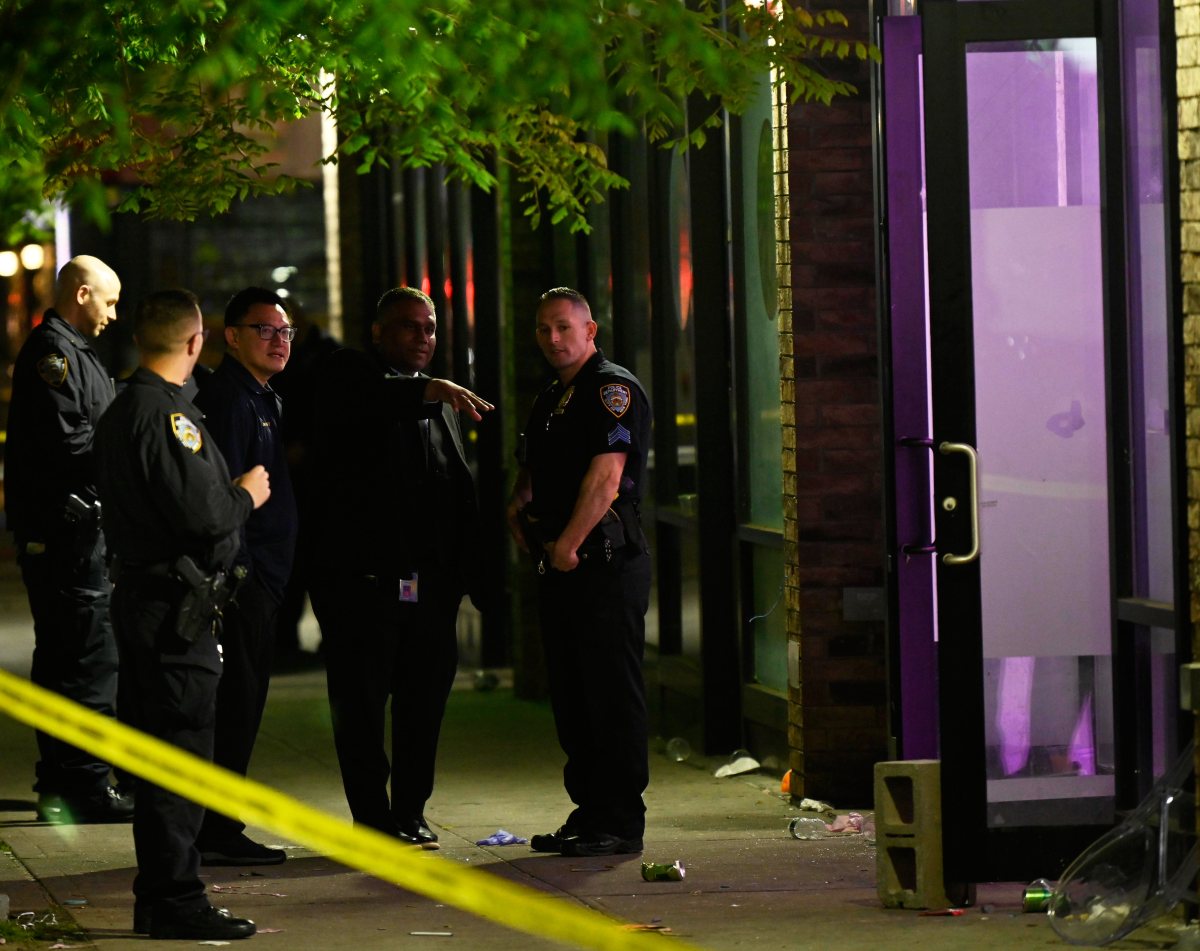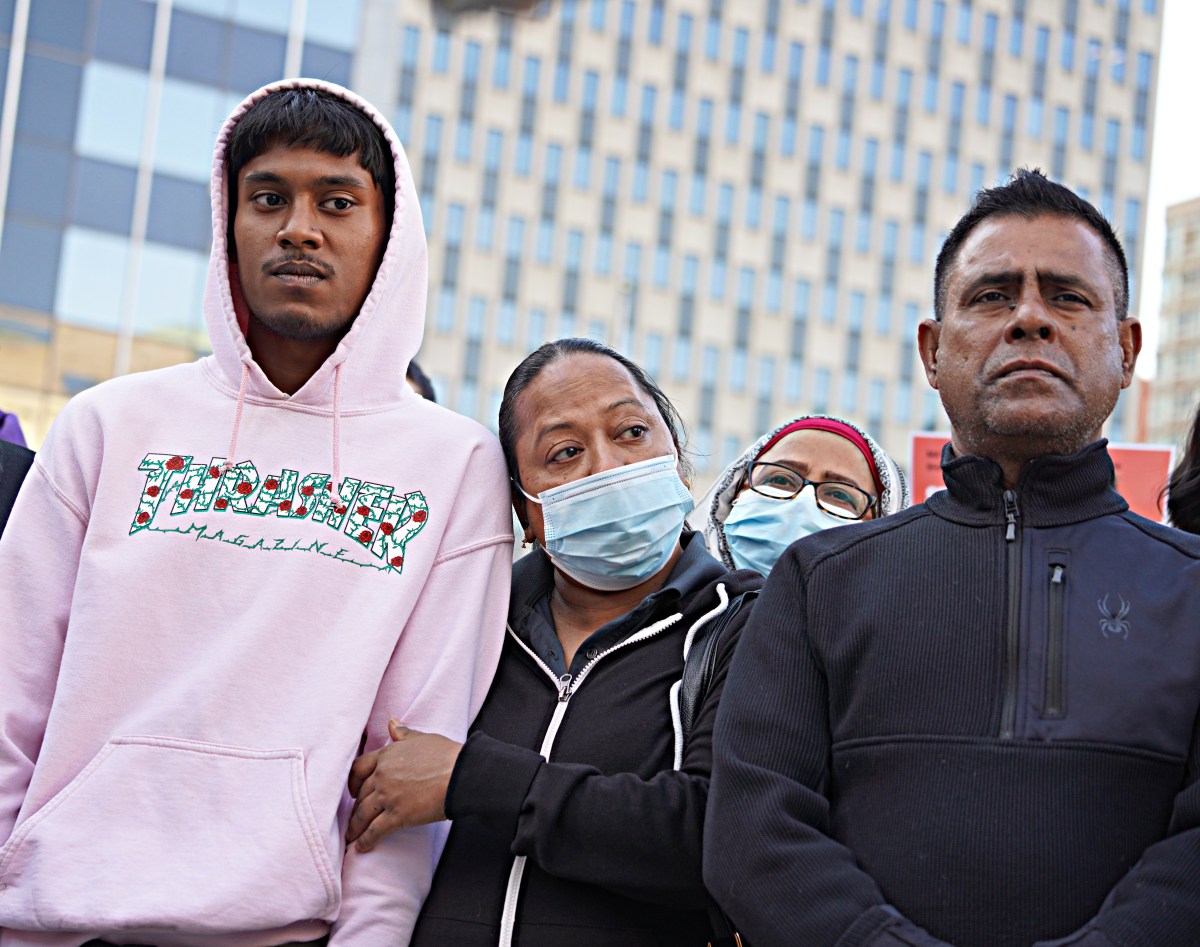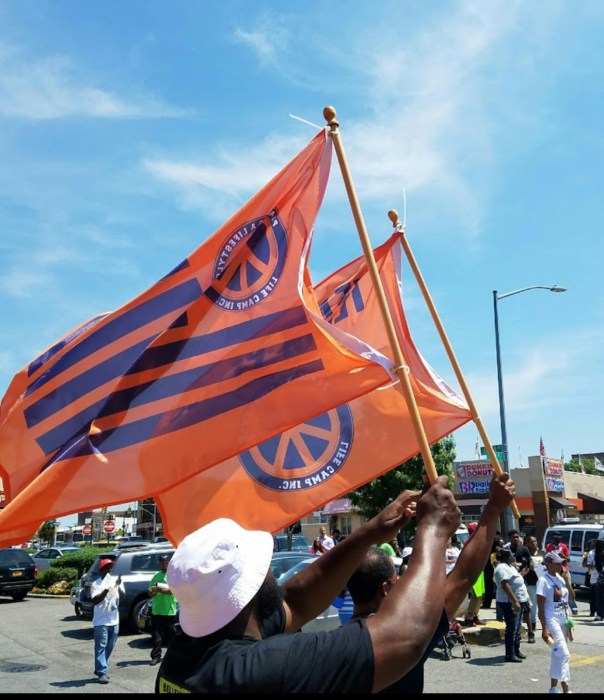Deadly Overdoses Doubled Since 2012
Accidental deaths from heroin and opioid continue to rise in Queens and among certain populations even as overdoses leveled off elsewhere in the city, the Department of Health and Mental Hygiene (DOHMH) announced Thursday, Aug. 28.
Queens saw a 19 percent spike in drug overdose deaths in 2013, with 143–the fourth most in the city, according to the DOHMH. Per 100,000 residents in the borough, there were 7.6 overdose deaths in 2013, compared to 5.6 in 2012, it was noted.
There were nearly 10,000 unintentional opioid overdose deaths across the city from 2000- 2013, according to the DOHMH
The problem is most acute among white and hispanic males living in disadvantaged neighborhoods, but has also effected wealthier city residents, according to the DOHMH data. Men comprised nearly three quarters of all overdose deaths in 2013. Hispanic and white men made up 575 of the overall drug overdose deaths, or 73 percent.
No neighborhoods in Queens are among the top five in rates of overdose deaths per 100,000–many of the areas with the highest are in the poorest parts of the city–the problem however is on the rise since 2010, according to the report. Parts north Brooklyn, including Bushwick, continue to suffer from overdose death rates higher than in the rest of the city as well.
The rate of overdose deaths involving heroin remained highest among white New Yorkers, 8.7 per 100,000 in 2013.
The largest increase was among Hispanic New Yorkers, from 3.6 per 100,000 residents in 2010 to 8.0 per 100,000 in 2013, a 122 percent increase.
Areas experiencing this acutely include the Bushwick ZIP code 11237, which ranked in the most plagued areas outside the top five neighborhoods with in a range of 13.7 and 29.0 deaths per 100,000 residents.
While several neighborhoods in western Queens experienced reductions in overdose death rates per 100,000 from a range of 2.5 to 7.7 per 100,000 residents–Ridgewood, Glendale, Middle Village, Forest Hills, Rego Park and parts of Maspeth spiked–and are now slotted into the next highest rate category of 7.8 to 13.6 overdose death from 2012-2013, according to DOHMH.
Touting the department’s work on reducing overdose deaths in Staten Island, DOHMH Commissioner Mary Bassett said there remains a lot of work to be done across the city to reduce the number of lives cut short.
She credited an “aggressive approach to save lives,” and said, “There is still much more work to be done.”
Strategies employed by the department to address the problem are to increase users access to Naloxone, which can reverse an overdose, educate the public on the dangers of prescription painkillers and other opioids, including heroin and syringe access programs, according to the DOHMH.
From 2010 to 2013, the rate of heroin overdose deaths increased three years consecutively, from 8.2 per 100,000 in 2010 to 11.6 per 100,000 in 2013, a 41 percent increase, it was noted.
The rate of overdose deaths involving opioid analgesics-any medication that provides a decreased perception of physical pain-has also increased. Abuse is classified by health professionals as use of opioids outside the terms of a prescription by a doctor or medical professional.
Any misuse–including increased frequency, dosage or other use outside of recommended usage is considered prescription drug abuse.
The rate of overdose deaths involving opioid analgesics, any opioid other than heroin, increased by 256 percent from 2000 to 2013, it was noted.
The rate of overdose deaths involving heroin increased for three consecutive years from 3.1 deaths per 100,000 in 2010 to 6.2 per 100,000 in 2013, according to the report.
In Queens, from 2012 to 2013, the overdose death rate increased from 1.8 to 2.6 per 100,000 residents, and in Brooklyn from 2.1 to 2.5 per 100,000 residents, the study found.
The problem affects both wealthy and poor alike. In 2013, residents of the wealthiest neighborhoods, as determined by poverty rates, had the highest, 4.0 per 100,000 of opioid analgesic involved deaths, it was reported.
Though addiction and overdose affect many age groups– from 2010 to 2013 New Yorkers ages 35 to 54 had the highest rate of overdose deaths involving heroin, according to the DOHMH.
But the largest increase is among younger people, as within any age group the largest increase was among New Yorkers ages 15 to 34, it was noted. This rate more than doubled from 2.1 per 100,000 in 2010 to 4.8 per 100,000 in 2013, a 129 percent increase, the study found.
Residents of the highest poverty neighborhoods had a higher rate of overdose deaths involving heroin 9.8 per 100,000 than residents of all other neighborhoods in 2013, it was reported.




























